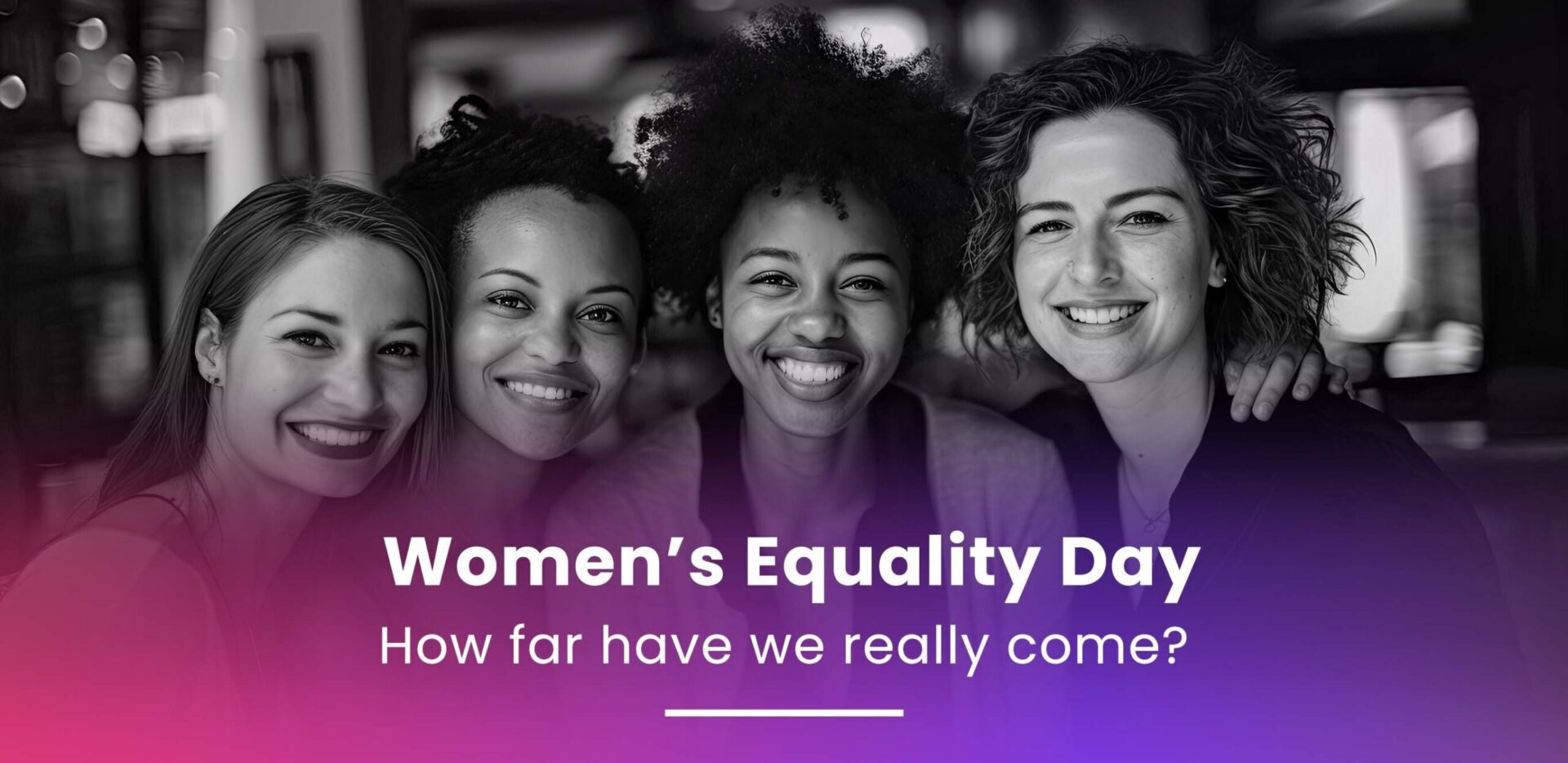Women’s Equality Day: How far have we really come?
“I declare to you that woman must not depend upon the protection of man, but must be taught to protect herself, and there I take my stand.” This is what Susan B Anthony, one of the front-runners of the Suffrage Movement, stated in a moving speech in 1871. She was talking about self-sufficiency, an idea that guided and shaped the Suffrage Movement that began in the mid-1800s. This movement fought primarily for women’s right to vote, in addition to their right to education and employment. After a grueling fight, the suffragettes were victorious and women in over 30 countries – including the USA – won the right to vote.
In the USA, this hard-won right was legalized in 1920 after a 72-year long battle, with the 19th Amendment to the constitution. It gave women across the country the right to vote in national elections. Until then, women in some parts of the USA could only vote in local elections.
Women’s rights have come a long way
Women’s Equality Day, celebrated on 26th August, commemorates the historic passing and ratification of the 19th Amendment. The first-ever Women’s Equality Day was celebrated in 1971 and in 1973, it was proclaimed by the Congress.
As we reflect on our journey of women empowerment, it’s heartwarming to see the considerable progress that has been made over the decades. The USA has continued to build upon the foundation laid down by the 19th Amendment. Today, women are represented in top positions of power in the US Government. Kamala Harris serves as the Vice President while Madeline Albright, Condoleezza Rice, and Hillary Clinton have been Secretary of State, leading the Federal Executive Department of the US government.
Additionally, some of the largest corporations such as General Motors, Citigroup, Best Buy, Otis, Bath and Body Works, and Nasdaq have women CEOs. In fact, over 80 of America’s leading public companies have women at the helm.
But women still have a long journey ahead
As we recount our victories, it’s important to remember that there is still a long way to go to achieve true equality. Women today are still fighting for equal pay, affordable childcare, the right to live free of all forms of violence against their bodies, and much more. They continue to face numerous obstacles to their safety and progress in everyday life.
Here are some of the key areas where women are striving for equality:
1. Equal pay
Even today, men earn anywhere between 8% and 27% more than their women counterparts for the same work – the numbers vary when you consider additional factors like race. Research has found that we haven’t made much progress on this front in the last two decades. In fact, it will take more than 50 years to close the gender pay gap at the historical rate of progress.
2. Workforce exclusion
It’s sadly common knowledge that women are less likely to get hired for jobs than men, even when the candidates have the exact same qualifications. According to the European Commission, around 68% of women were employed in 2021 compared to 78.5% men – a gender employment gap of 10.8 percentage points. This gap has only decreased slightly by 1.9 percentage points in the last 10 years despite many initiatives.
3. Leadership representation
While we’ve talked about women making strides in corporate America earlier, the fact remains that there is a long way to go. Today, women represent:
- Only 18% to 28% of elected positions
- Only 22.7% of law firm partners
- A little over 10% of Fortune 500 CEOs (and this corresponds to a 68-year-high)
4. Race-based injustice
Race exacerbates existing struggles that women face. The American Psychological Associated found that, “Black women are often less likely to be associated with the concept of a “typical woman” and are viewed as more similar to Black men than to White women, which may lead to some anti racist and feminist movements failing to advocate for the rights of Black women.” This is one of the many reasons why intersectional feminism needs to be at the forefront of today’s movement.
5. Sexual orientation-based injustice
While LGBTQ discrimination affects both men and women and is rampant across
genders, geographies, and communities, the Center for American Progress found that a staggering 38% of women LGBTQ Americans have experienced discrimination.
6. Reproductive healthcare
The US Supreme Court’s decision of overturning the constitutional right to abortion in June 2022 was a giant step backwards for female empowerment. According to the United Nations, millions of women and girls across the United States have suffered an alarming deterioration in access to sexual and reproductive healthcare as a result.
Advocating for women’s equality in the current landscape
As we strive to achieve gender equality, it’s crucial to identify how we can affect change. Advocacy remains at the heart of creating meaningful impact at both the local and global levels. Using our voices, actions, and privilege to bring attention to gender inequality and lending support where needed is the need of the hour.
Collective action can amplify our efforts and help us achieve our goals successfully. Recent movements such as #MeToo show how entire industries can be turned around when we work together. We must continue to support initiatives and organizations that promote gender equality in every realm of our lives – personal and professional.
BayOne is tackling gender disparity and underrepresentation in the tech workforce with the ‘Make Tech Purple’ initiative. The initiative was launched in 2019 to increase the representation of women in tech. We aim to achieve this by:
- Welcoming more girls in computer science programs in schools and colleges and encouraging them to get CS degrees.
- Changing the perception and culture in tech so women feel included.
- Implementing a neutral hiring and vetting process in the companies we work with.
- Advocating for equal opportunities and equal pay.
Change begins at home, and we can already see the effect on our workforce. Since 2019, the percentage of women in our workforce has increased from 29% to 46% – almost half! And we plan to continue bridging the gender gap through more impactful initiatives.
The path to women’s equality
Although women’s equality has improved significantly since the 1800s, true gender parity is still far into the future. More initiatives (government and private, individual and collective) can help bridge the gap between men and women to accomplish this goal at the earliest.
Whether volunteering time and resources to decrease bias in the workplace or advocating for equal opportunities – the paths to allyship are endless, even if you’re not a woman yourself.
So, pledge to act today and every day to ensure women are given the same opportunities to grow.

